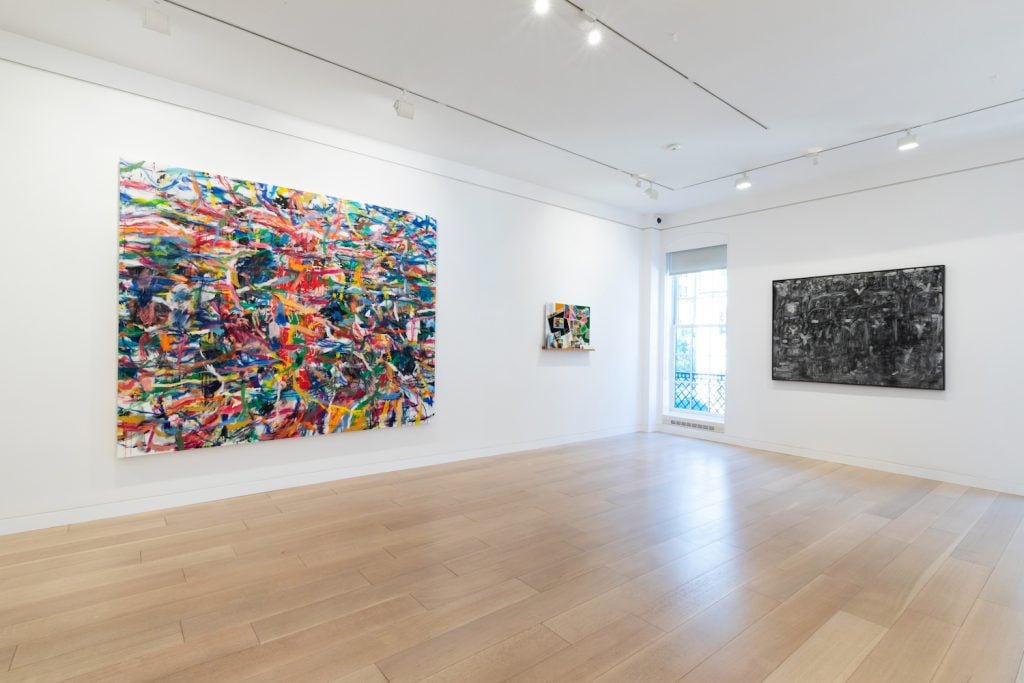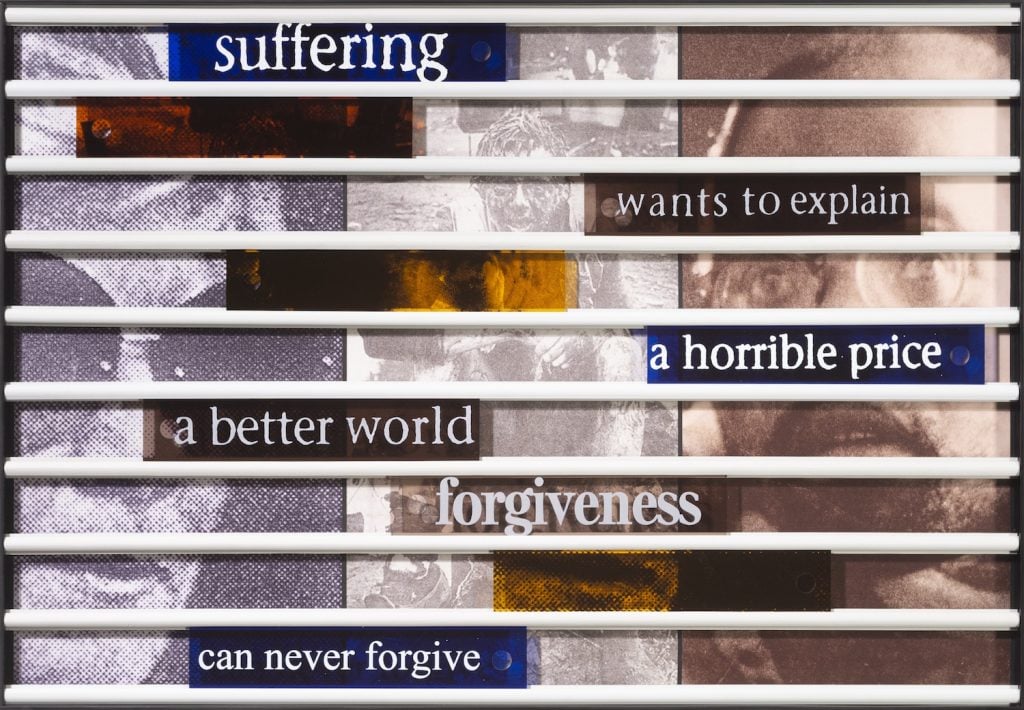Galleries
South Africa’s Goodman Gallery Arrives in New York Bearing Artworks by William Kentridge, Candice Breitz, and More
Owner Liza Essers talked to Artnet News about the broader strategy behind the veteran gallery's latest move.

Owner Liza Essers talked to Artnet News about the broader strategy behind the veteran gallery's latest move.

Eileen Kinsella

When Goodman Gallery director Liza Essers touched down in New York at the start of September, it wasn’t as part of the hundreds of international galleries flocking to the city to exhibit at the annual Armory Show.
Essers had taken an 18-hour flight from Cape Town, South Africa, instead to inaugurate a New York office and exhibition space, one that was a long time in discussion and planning. All of that work came to fruition with the 67th Street space’s opening on September 6, when it unveiled an inaugural presentation that is a dynamic mix of some of the gallery’s—not to mention the art world’s—most famous names.
Artists represented in the show include Candice Breitz, the late photographer David Goldblatt, and art star William Kentridge, alongside Kapwani Kiwanga, who will represent Canada at the next Venice Biennale, and Sue Williamson, whose major show at the Barnes in Philadelphia wrapped in May (“Sue Williamson & Lebohang Kganye: Tell Me What You Remember”).
The gallery’s latest outpost marks a strategic addition to its spaces in Johannesburg and Cape Town, alongside a gallery space in London, which was launched in 2019.

Liza Essers. Photo courtesy of Goodman Gallery and Anthea Pokroy.
With the gallery’s varied roster, mixing of established 20th-century African artists and no shortage of younger contemporary artists, who are increasingly drawing the gaze of museum curators and biennials all over the world, it’s important for the gallery maintain footholds in art-world centers. “I think the critical thing is that you need to continually be part of the discourse,” Essers said. “It’s impossible to expect people to just keep going back to the Global South or to Africa, it’s so far. So that’s what I’m really hoping to achieve out of the office and space here.”
On its opening day, and with Armory’s VIP preview just a day away, Goodman’s new space was already welcoming a steady stream of artists, curious visitors, and well-wishers just hours after opening the doors. Goodman’s U.S.-based curator, Justin Davy, who was also on hand, will oversee the New York location as director going forward.
But Essers is careful to note that the beautiful, light-filled office and exhibition space on the Upper East Side is not a gallery. “We’re not a gallery. We can’t compare to a big space in Chelsea, so my thinking at the moment is to consider some focused presentations. On an art fair booth, when you see only one of an artist’s works, it’s hard to get a sense of their practice.” By contrast, when you can have six or eight of a particular artist’s paintings in a room, “one starts to get a sense of an artist in a better, more meaningful way.”

Sue Williamson,
Truth Games: Mrs Jansen – can never forgive – Afrika Hlapo,
(1998). Image courtesy Goodman Gallery.
Essers is also showing a major work by David Koloane (1938 – 2019), a Johannesburg artist who devoted his career to making the world a more hospitable place for Black artists during and after apartheid via his work as an artist, writer, curator, and teacher, at the New York space currently. Koloane and many of the gallery’s artists also figure prominently in the current Goodman show in London, “Mapping another Route – South African artists in a modern era,” which runs through September 28.
Also included in the tightly curated first New York presentation are a photocollage by Zineb Sedira, Stamps and The Black Scholar, from the series “For a Brief Moment the World was on Fire” (2019), and a vibrant large-scale abstract painting by Misheck Masamvu, Washed up Monday, (2022).
Even as Essers notes that a handful of new and prestigious South African institutions have opened in recent years—such as Zeitz MOCAA and the Norval Foundation, both in Cape Town—she emphasises that the New York space is a great way to engage with curators on an ongoing basis.
“There is no question…from a market perspective the U.S., or New York particularly, is really very much number one,” Essers said. “It’s where the market and the discourse is.”
More Trending Stories: